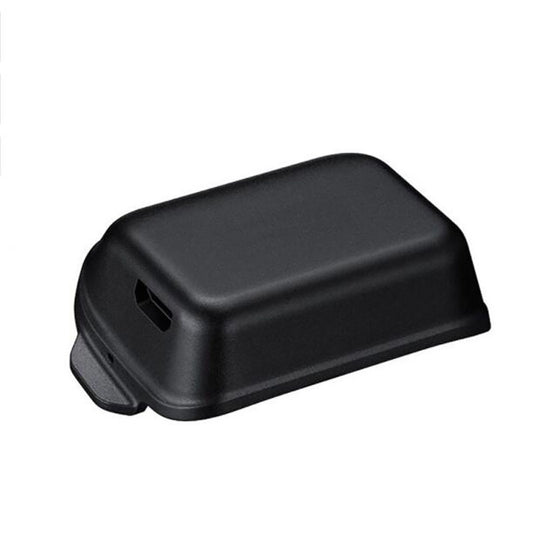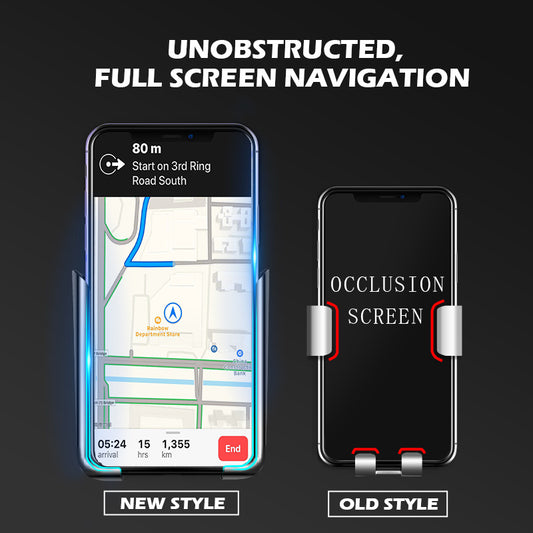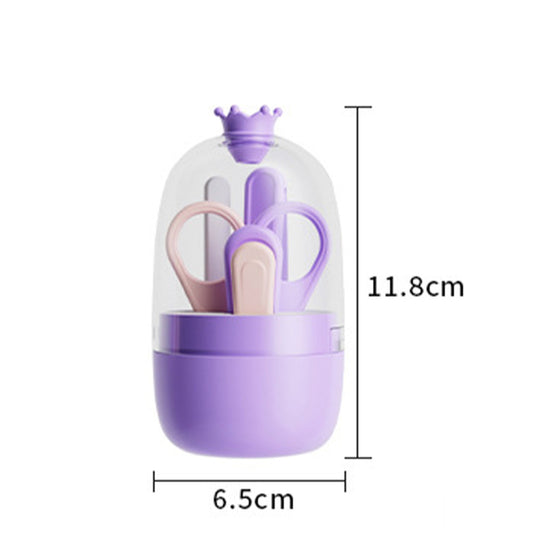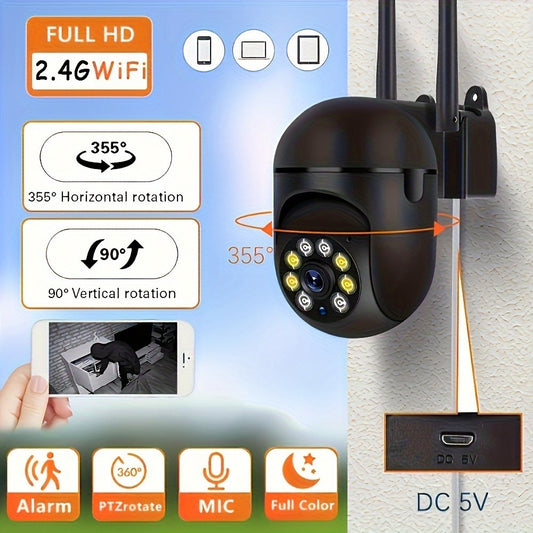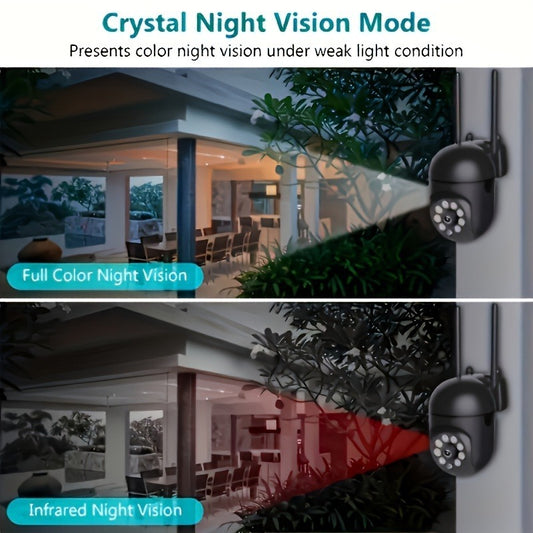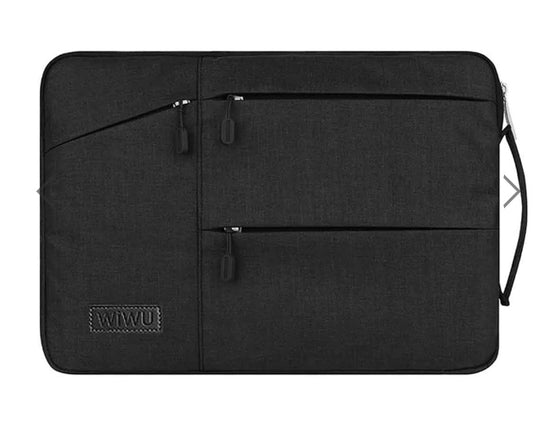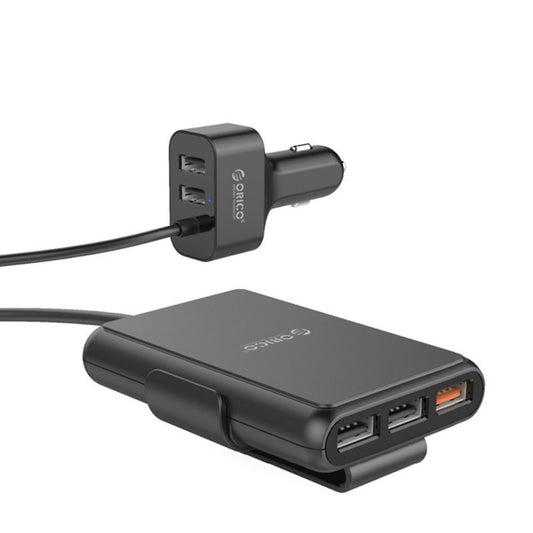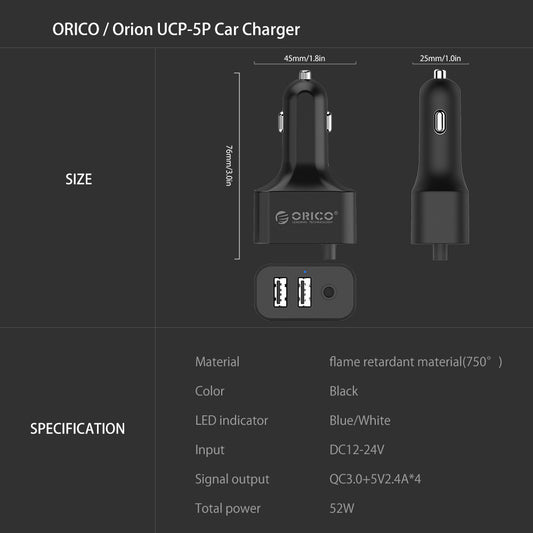
How to Choose the Right Location for Your First Property Purchase
Share
Buying your first property is an exciting milestone — whether it’s for personal use, investment, or both. While factors like price, size, and style matter, location is arguably the most important decision you’ll make. A great property in the wrong area can turn into a long-term headache, while the right location can help your investment grow steadily in value over time.
In this guide, we’ll walk you through how to choose the perfect location for your first property purchase, so you can make a smart, confident, and future-proof decision.
1. Understand Your Purpose for Buying
Before narrowing down a location, you need to be clear on *why* you’re buying the property.
For personal use: If you plan to live there, your comfort, lifestyle, and commute matter most. You’ll want easy access to schools, workplaces, shopping, and entertainment.
For investment: If it’s a rental or resale, focus on areas with high demand, low vacancy rates, and good capital appreciation potential.
For mixed-use: Some buyers purchase a property to live in for a few years, then rent or sell later. In that case, balance your personal needs with market potential.
Knowing your purpose helps you avoid emotional decisions that might not make financial sense in the long term.
2. Research Local Real Estate Trends
In real estate, the saying goes: “Don’t wait to buy real estate, buy real estate and wait.” But that doesn’t mean you should rush into any location.
Study the market trends in your target areas:
* Price history: Look at how property values have changed over the last 5–10 years.
* Rental yields: If investing, research average rent versus property price to see potential returns.
* Upcoming developments: Areas with planned infrastructure, shopping centers, or business hubs often see faster appreciation.
Pro tip: Use online property portals, government urban development websites, and local news for valuable insights.
3. Check Infrastructure and Accessibility
One of the golden rules of real estate is: “Buy where people are going.” This means choosing locations with strong and improving infrastructure.
Key factors to look for:
* Roads & public transport: Smooth connectivity to major highways, train stations, or airports increases property appeal.
* Utilities: Ensure the area has a reliable supply of water, electricity, and internet.
* Amenities: Proximity to hospitals, schools, markets, and recreational facilities boosts convenience and value.
Areas undergoing infrastructure upgrades often offer lower entry prices but higher appreciation potential.
4. Evaluate Safety and Security
No matter how beautiful or affordable a location is, safety should be a top priority.
Check crime rates, neighborhood security measures, and overall reputation.
* Look for gated communities or areas with active residents’ associations.
* Visit at different times of the day to observe safety conditions.
* Talk to locals for honest opinions about the neighborhood.
5. Consider Lifestyle Compatibility
Your property location should fit your daily life. Ask yourself:
* Do you prefer a peaceful suburb or a bustling city center?
* Is it family-friendly, with parks and schools nearby?
* Are there gyms, restaurants, and shopping malls for your lifestyle needs?
If you’re buying for investment, think about your target tenants. Young professionals might want areas near business districts, while families look for safe suburbs with good schools.
6. Analyze the Neighborhood’s Growth Potential
The best property purchases are often in neighborhoods on the rise.
Indicators of growth potential include:
* New commercial or residential projects nearby.
* Major companies setting up offices in the area.
* Government urban renewal projects.
Such factors often lead to higher property demand and increased prices over time.
7. Inspect Environmental and Legal Factors
Before finalizing a location, investigate:
* Flood zones or natural disaster risks.
* Noise levels from airports, factories, or highways.
* Zoning laws to ensure the land can be used for your intended purpose.
For legal security, confirm the land or property has a clear title and no unresolved disputes.
8. Compare with Other Locations
Don’t settle for the first attractive location you find.
Compare at least 3–5 different neighborhoods based on:
* Price per square meter.
* Proximity to essential services.
* Growth potential.
This ensures you’re making the best choice, not just the most convenient one.
9. Visit in Person (More Than Once)
Photos and online listings can be misleading. Visit the location physically to:
* See the real condition of roads, buildings, and amenities.
* Get a feel for the neighborhood’s atmosphere.
* Observe traffic patterns during rush hours.
Multiple visits at different times of the week give you a more realistic picture.
10. Think Long-Term
Your “perfect” location today may change over the years. Consider:
* How easy it will be to sell or rent the property later in future?
* Whether the area is likely to appreciate in value.
* How future developments might affect livability or investment returns.
Real estate is a long-term commitment, so plan with the next 5–10 years in mind.
Conclusion
Choosing the right location for your first property purchase is about more than just convenience — it’s about securing your financial future and lifestyle happiness. By combining market research, personal needs, and long-term vision, you can make a purchase that benefits you for years to come.
Whether you’re buying your dream home or your first investment property, remember: In real estate, the where is just as important as the what.
“Explore properties in the best-performing locations today!”






